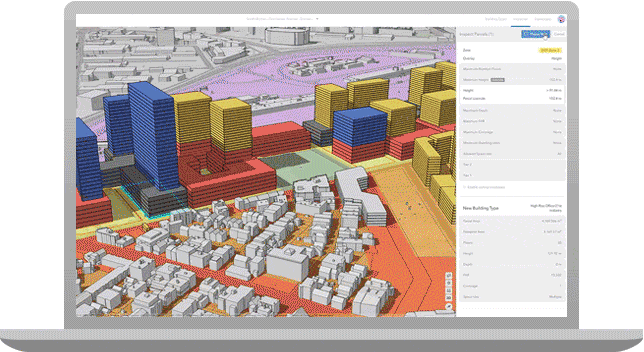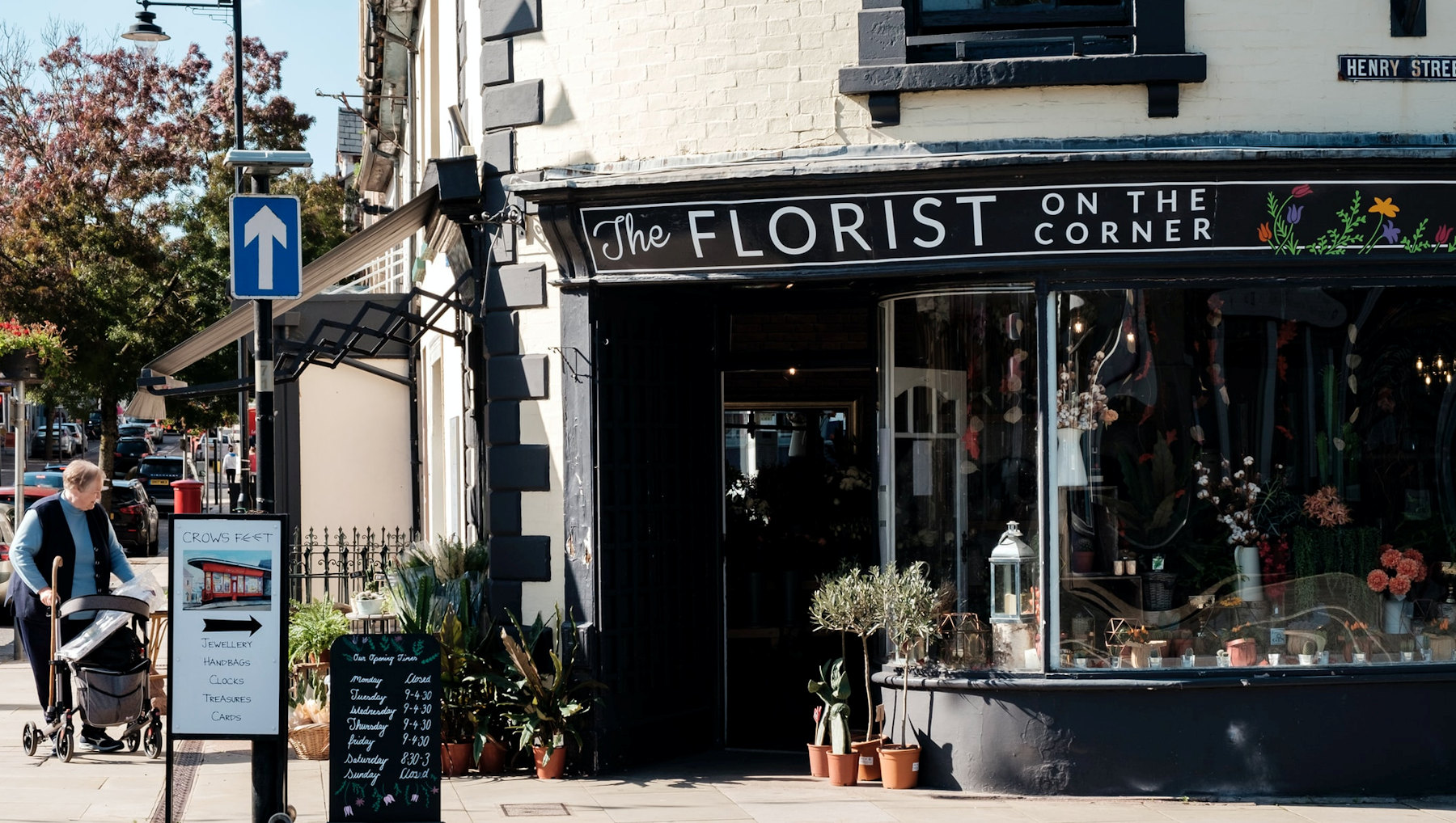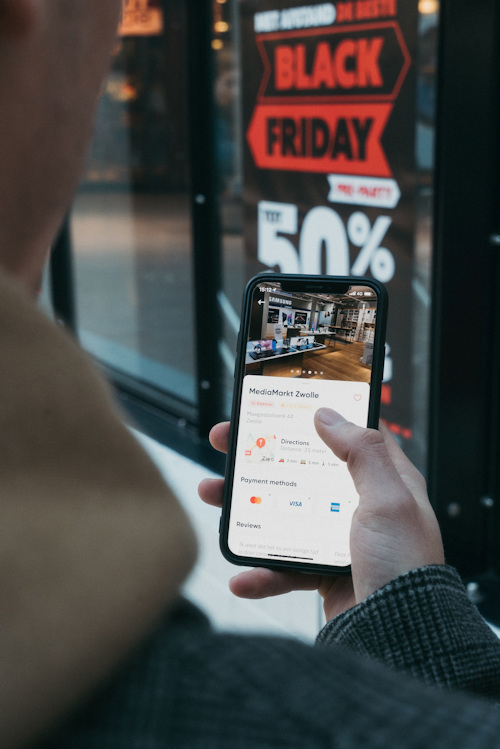Community Development is its own unique animal.
Community Development deals more with the social aspects to a community rather than just typical urban planning. We’ve found it to yield more tangible returns than dealing with landscaping standards and drainage patterns, etc. Of course while roads, zoning, setback requirements, and other well-considered aspects of a town are all important, Community Development shows you how those things impact people in realistic ways. It’s where the people hit the road 😉
We would venture that most all planners want walkable neighborhoods with unique craftsman homes with parks nearby. Unfortunately for the world, that isn’t always realistic to all segments of society. Planning deals with on-the-ground tangible issues whereas Community Development can give us tools on why certain things are/are not feasible – education system failures, family structures, community groups (or lack thereof), etc. Community Development can also help with prioritization of the goals that planning has. Otherwise, it can appear that every aspect of the 20-year or 30-year plan has equal footing. Planning is mostly for new projects and developers whereas Community Development is for those who already live in existing areas.
We know – people who aren’t in this business may raise an eyebrow. Put it this way, we have a whole website here and a giant internet footprint to explain it. It’s not a program where you can give a 30 second elevator speech to those who know nothing about it.
Let’s dive into this subject, as it is near and dear to our hearts. In a nutshell: Community Development seeks to build more resilient and equitable urban communities by overcoming social and economic injustice. We at BRIGET do this by leveraging technology advances (we are very good at this).
We believe social and economic justice are possible through the practice of engaged and future-focused community development. From our vantage point, as citizens become employed, find pride in their town, along with technology access and education, towns benefit.
Some city planners are allowing development projects that could add diversity to the community and increase available housing. For instance, affordable housing for locals is scarce in Honolulu, Hawaii. A statewide housing demand study predicted that Honolulu will need nearly 26,000 housing units by 2025.
But the city’s zoning regulations were in need of an update to permit new site development proposals.
Honolulu launched the Transit-Oriented Development initiative that is transitioning neighborhoods to mixed-use zoning for residential and commercial. The initiative opens more housing opportunities and encourages walking and active areas. Citizens can live closer to jobs, for example.
We accomplish goals like these with the assistance of technology. Gone are the old days of hand-written notes from a public policy meeting or outreach survey. Today, Web-based tools easily support community engagement and make it easy for non-technical stakeholders to participate in the planning process. Every person involved in planning workflows can now access and use information and tools that help them meet city goals.

How a city manages change is evident in quality of life, productivity, and physical infrastructure. By mapping what is, what was, and what could be, planners gain insight about what needs to be done next. Within this virtual environment, planners can design what-if scenarios, support design decisions with our inspiring visuals, and collaborate online, securely, with the community for consensus.
We are tailored to build on the assets of the area and diminish the individual and structural challenges to social and economic development faced by residents as well as business, civic, and institutional stakeholders.






